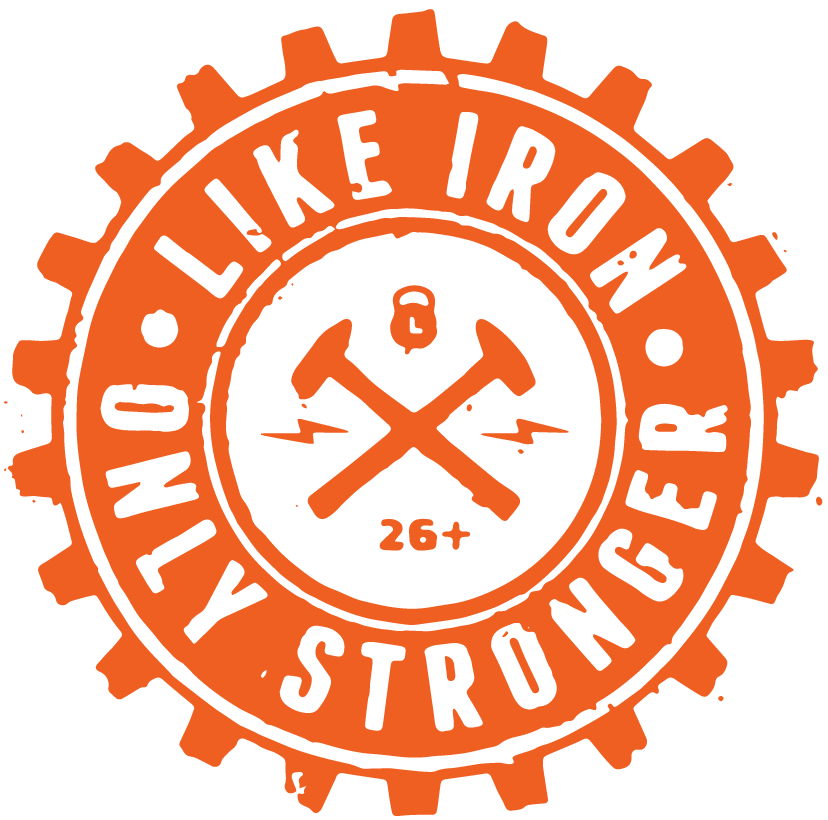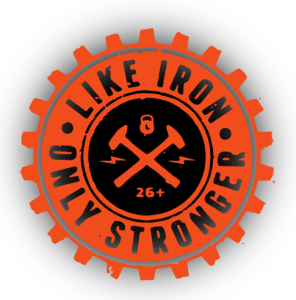Today I want to discuss why the elderly population can benefit from strength training. The focus of today will be age related muscle loss and decrease in bone mineral density, quite often accompanied by loss of mobility and increased frailty. Let us start by defining some terms. Sarcopenia refers to age related atrophy (atrophy meaning loss of muscle). Osteoporosis and osteopenia, in simple terms, both relate to bones becoming brittle and fragile (osteopenia not being as severe as osteoporosis). Now, knowing today’s terminology, let us dive into how strength training can help prevent and reverse some of these, not so fun, age related issues. The goal of strength training is to provide a stimulus, recover from that stimulus, and adapt to that stimulus. It provides a way to progressively load the body to adapt to a greater stimulus over time. The body adapts to this progressively overloading stimulus in many ways, one of which is hypertrophy, or muscle growth. Strength training leads to hypertrophy; therefore, helps reverse or prevent sarcopenia. The body also responds to strength training by increasing bone mineral density. As the skeletal system is stressed, due to the increasing load, it begins to remodel and become stronger. Strength training helps prevent and reverse the effects of osteopenia and osteoporosis by increasing bone mineral density. On top of sarcopenia, osteopenia and osteoporosis, many elderly people suffer from lack of stability and mobility leading to loss of independence and quality of life. Strength training with free weights requires balance and many exercises can be done with a full range of motion. There may need to be modifications at first to accommodate for this lack of stability and mobility but overtime the person will adapt and become stronger. As they become stronger, balance improves and their range of motion drastically increases, contributing to a more independent and enjoyable life. To top this list off, strength training is low risk and high reward with very few reported injuries per 1000 participation hours. Overall, strength training is very controlled and the reward, hypertrophy, increased bone mineral density, increased mobility, increased balance, etc., far out way the risks. So, do yourself a favor, become stronger via strength training and enjoy the many benefits it has to offer!

Strength Training and the Elderly Population
- likeironfitness@gmail.com
- July 19, 2017
- Uncategorized




